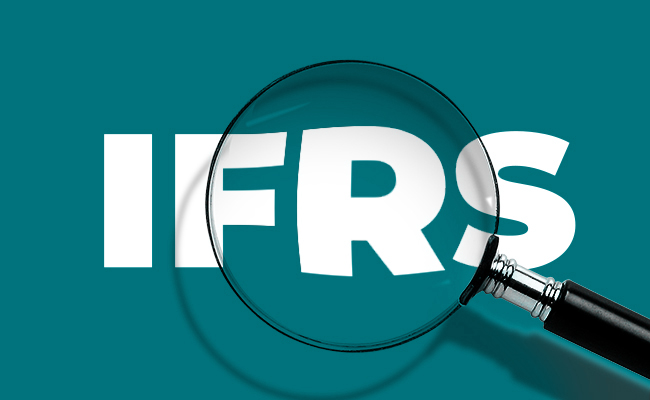
Deep IFRS Professional Course covers all the relevant standards. Over 50% of the training time is devoted to the review of the real-life cases reported in the Georgian market.
to independently work with the IFRS, which will further help you solve the problematic issues;
you will get familiar with the most common mistakes and will make ready-made decisions to solve a problem;
you will be able to independently develop the company’s accounting policy;
you will be able to analyze both, financial and non-financial parts of the audit’s conclusion;
you will be able to develop assets management processes and control mechanisms;
you will be able to prepare consolidated financial statements.
The number of trainees in a group doesn’t exceed 15 persons, which allows the trainees to be maximally involved in reviews and discussions during the training sessions and to present their problematic issues.
This training is unique in the sense that it is based on the review and analysis of real-life cases provided by the companies operating in Georgia, which will help trainees apply whatever they have learned in their daily activities.
Deep IFRS Professional Course is designed for experienced accountants, financiers, auditors, and reporting specialists.
| Stream | Period | Duration | Schedule |
|---|---|---|---|
| – | – | – | – |